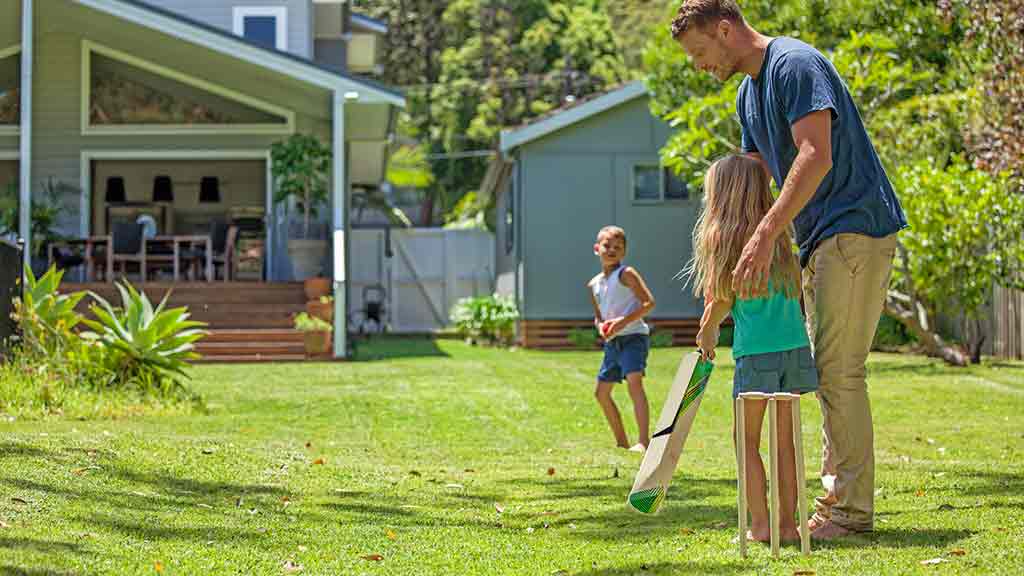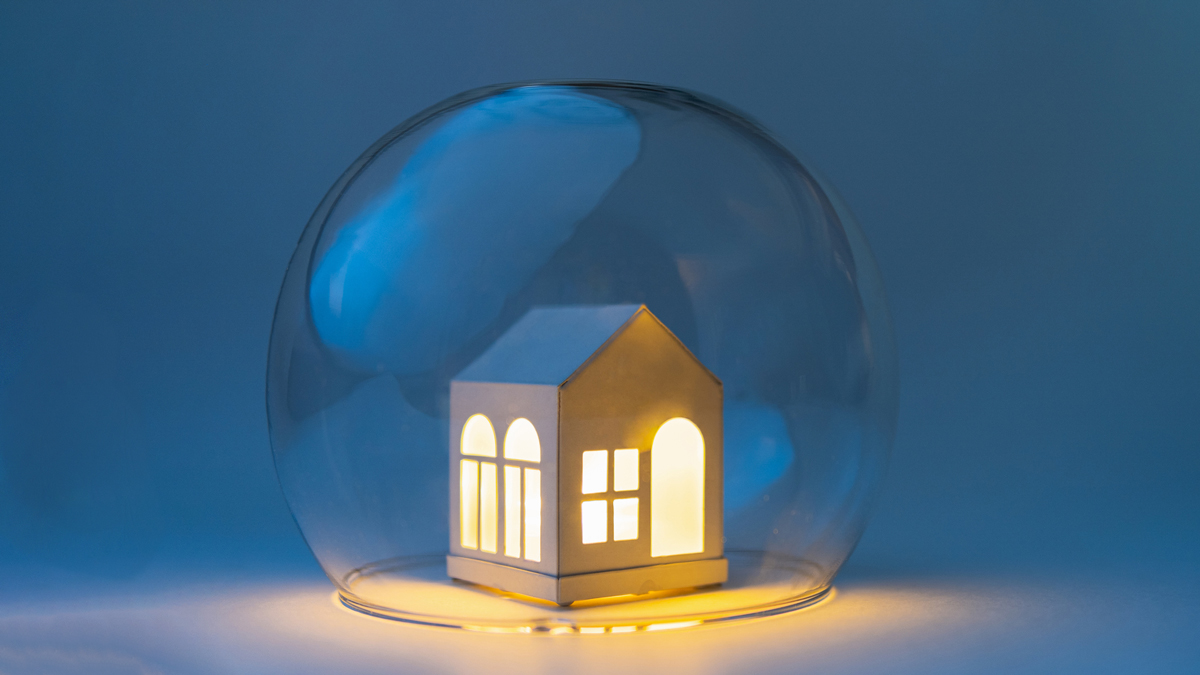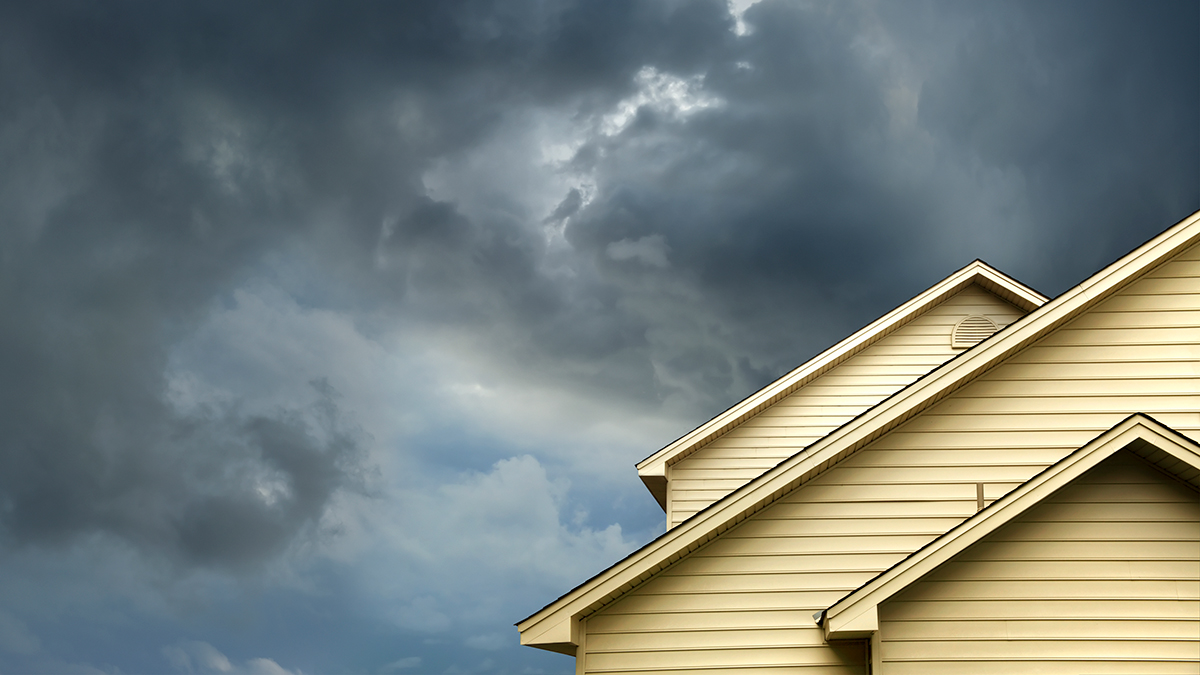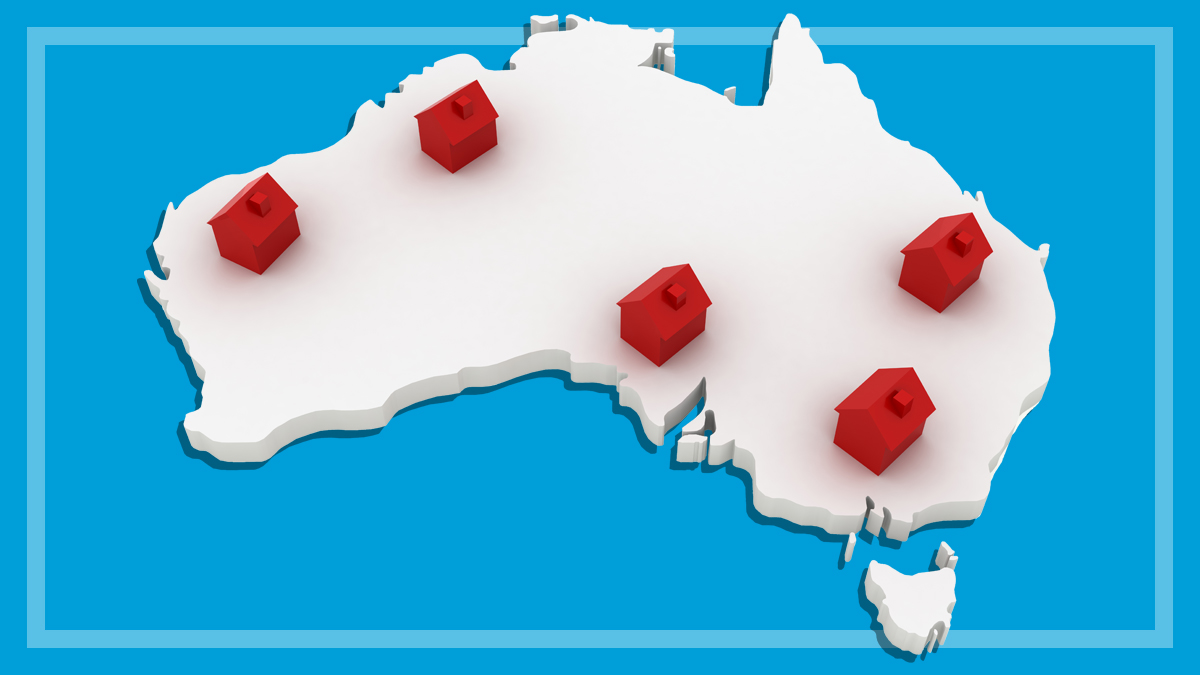Get our independent lab tests, expert reviews and honest advice.
Are home insurance calculators accurate?

Plugging a few details like postcode and construction materials into an online calculator is an easy way to work out how much building insurance you need to protect your home from disasters like storms, floods and bushfires.
On this page:
- Tips for getting accurate estimations
- 6 different calculators, 6 different results
- Why do rebuilding costs vary so much?
- Why it's important to provide the details
- Real-life story: Underinsured home lost to bushfire
But can you rely on these calculators to accurately estimate costs? Get it wrong, and you could find yourself underinsured.
Tips for getting accurate estimations
It’s estimated that 80% of property owners are underinsured, according to Campbell Fuller, a spokesperson for the Insurance Council of Australia (ICA).
In some cases property owners underinsure to save money on premiums, and in many cases they don’t believe or fully understand the risks that the insurer assesses.
Here are some tips for creating accurate online calculations to make sure you get the right level of home insurance:
- Choose a calculator where you feed in your specific address, not just a postcode. Try the Cordell Sum Sure building insurance calculator on the Understand Insurance website, which is an initiative of the Insurance Council of Australia, the peak body for the general insurance industry. Compare the results to those from at least two other insurance calculators.
- When using postcode-based calculators, look for more detailed calculators where you can specify the square metreage, number and size of rooms, and the construction materials. The more detail you provide, the more accurate the results are likely to be.
- Check whether the calculator includes the cost of demolition and architects’ fees. The insurance company calculators that gave higher totals in our test included these fees. If your house is destroyed, you’ll want your insurance company to pay these costs.
- If you live close to bushland, choose a calculator that asks the distance of your home from the bush. Also check with your local council or local government what the fire danger and Bushfire Attack Level (BAL) rating is for your property. A home’s bushfire risk can add significant cost to any rebuild or repairs, as well as increased premiums.
- Select the right slope of the land in options. It’s more expensive to build on sloping land.
- Choose the right option for construction style. An historic or architect-designed house costs much more than a project build.
- Factor in additional costs, such as alternative rental accommodation while your house is being rebuilt.
If you want more precise rebuilding figures, ask a local builder or professional the cost of rebuilding your house. People with houses that cost over $2 million are often automatically prompted by calculators to get a valuation from a quantity surveyor.
6 different calculators, 6 different results
We tested six different online insurance calculators to get the rebuilding cost for a four-bedroom home, and found the results varied by as much as $71,500 between different insurance companies for the same size house in a single suburb.
What’s more, the online calculators computed even larger variations between the cost of rebuilding a four-bedroom house in different areas of the country – rebuilding in the Sydney suburb of Mosman apparently costs less than half that of rebuilding in the Darwin suburb of Leanyer.
Our test: Estimating the cost to rebuild an identical four-bedroom house in different postcodes
| Insurer (Underwriter) | Mosman 2088, NSW | Innisfail 4860, Qld | Geelong, 3220 VIC | Leanyer, 0812 NT | Demolition and professional fees |
|---|---|---|---|---|---|
| Cordell – postcode-based calculator | $443,521 | $492,671 | $466,756 | $886,468 | N/A |
| CGU (IAG) | $380,942 | $476,934 | $426,679 | $841,067 | Percentage above sum insured |
| GIO (AAI) | $380,942 | $465,802 | $420,294 | $841,066 | Percentage above sum insured |
| QBE (QBE) | $452,475 | $514,766 | $476,799 | $886,468 | Reasonable costs, from sum insured |
| NRMA (IAG) | $443,521 | $503,634 | $488,734 | $889,868 | Reasonable costs, from sum insured |
| Budget Direct (Auto & General) | $407,705 | $503,634 | $466,756 | $886,468 | Percentage above sum insured |
How we tested
Calculation is for a 200m², four-bedroom, three-bathroom project house on flat land. The house is of average quality, has a concrete floor, brick veneer walls, cement tile roof and includes separate toilet, double garage and in-ground swimming pool. Some insurers, such as GIO, CGU and Budget Direct, cover the cost of demolition and professional fees on top of your sum insured, meaning their estimates are likely to be lower.
All the calculators come with a warning that it’s an approximate guide only and that no responsibility is accepted by Cordell for accuracy. They ask users to check with professionals such as architects, quantity surveyors or builders for accurate estimates.
Using Melbourne as a benchmark, these are the differences in rebuilding costs across Australia
Hobart -24%
Adelaide -3%
Melbourne 0%
Brisbane 0%
Perth 3%
Sydney 4%
Rockhampton 16%
Cairns 22%
Alice Springs 29%
Karratha 33%
Julia Creek 30%
Broome 35%
Darwin 42%
This map shows the differences between estimated rebuilding costs for an identical home in different locations around the country. Melbourne was used as the benchmark.
Why do rebuilding costs vary so much?
The insurers use the same data…
The insurance calculators CHOICE tested all use rebuilding costs supplied by Cordell, a building data company owned by property data company CoreLogic.
Some insurance companies, such as QBE, customise the calculator by changing questions slightly. Others, such as Allianz, link customers straight to a Cordell calculator.
Yet despite all the insurance companies using the same source, some of the calculators we tested came up with different results for identical houses in the same postcode or suburb.
…but ask different questions
Suresh Dhanushkoti, general manager of Insurance Products and Solutions at CoreLogic, says the differences in results are due to the way insurance companies customise their calculators, as well as the number of questions asked and the products included. Most of the current calculators work off the postcode, not the precise address.
“The way the costing formula works in the back end is pretty consistent, because we’ve got our models and pump that [data] through for the postcodes and know what the numbers should come out to be,” he says.
The more questions insurers ask homeowners about the property, the more accurate the model values. Insurers choose how many questions to ask and might offer either a more detailed or ‘express’ version of the calculator.
Changes might also occur because the product design is not consistent across the different insurance companies, says Dhanushkoti. “For example, some insurers may calculate the cost of demolition, professional fees and removal of debris separately and they may make an allowance for that in the policy.”
Dhanushkoti says the biggest drivers of building cost are:
- location
- slope of land
- age of house
- standard of construction.
He explains the reason there are such discrepancies between the value of identical houses in different postcodes are due to ‘location cost factors’.
“At each postcode, the costing team researches the difficulties of rebuilding a house. So for example, in Darwin, being a remote area, you may need to get skilled labour in and you may need to transport in the material, so things might cost a lot more there.”
Other factors influencing differences
Campbell Fuller, a spokesperson for the Insurance Council of Australia (ICA), says many insurers factor in things like the cost of site clearance, waste disposal, development applications, building permits, architect’s fees, coordinating tradespeople and getting connections back on which also contributes to the differences.
“As Cordell will tell you, these calculators are very, very accurate and updated regularly. They take into account changes to the cost of building materials and trades and they’re the best tools that householders can access at the moment. And the industry stands by the value of these calculators,” says Fuller.
He suggests that people use their own insurer’s calculator for a quote customised to the insurer’s requirements. For general guidance they can use the free, generic Cordell calculators on the Understand Insurance website to get ‘a pulse check’ on whether they have about the right level of home building and contents cover. “Factored into that is a buffer for people who nominate that they live in a bushfire zone, but it is not specific to Bushfire Attack Levels.”
Why it’s important to provide the details
Using the Cordell Sum Sure calculator, we also tested how proximity to the bush and the style of construction changed the rebuilding cost for a four-bedroom house at a specific address.
The results show why it’s important to provide the correct details – the cost to rebuild the same size home varied by more than $600,000 depending on just two criteria.
| Distance from bush | Modern project home, 1980 | Modern architect-designed, 1980 | Federation home, 1900 |
|---|---|---|---|
| More than 100 metres | $430,432 | $544,865 | $814,328 |
| Between 16 and 99 metres | $477,814 | $606,741 | $880,766 |
| Less than 15 metres | $588,121 | $750,789 | $1,031,302 |
Table notes: Calculations were made on the Cordell Sum Sure calculator via Understand Insurance website for a four-bedroom, two-bathroom home at a particular address on the Central Coast.
Don’t use market value, or what you paid
A common mistake people make is to equate rebuilding costs with market value of a property, or what they paid for it.
Dhanushkoti says while a 1930s heritage house might sell for $300,000, it could cost $800,000 to reconstruct it to the same quality and specifications. With other properties, the reverse is true – the market value can be far above the rebuilding cost.
Real-life story: Underinsured home lost to bushfire
That’s what happened to Paul, a homeowner in the Blue Mountains, west of Sydney, and he found himself unable to rebuild after he lost his home in bushfires.
Paul regrets not using an online building insurance calculator to get a value for his four-bedroom, Edwardian style house before it burned down.
The teacher, who was in the voluntary fire brigade team during the Blue Mountains fires that destroyed more than 200 homes in 2013, thought he had adequate building insurance.
To his shock, he found that while his home building insurance payout came to about $370,000, the quotes for rebuilding came to between $650,000 and $680,000. He could not afford to rebuild on the payout and ended up using all of his building insurance plus his contents claim payout and savings to buy an existing, smaller, three bedroom house for around $610,000.
He based his building insurance estimate on the actual cost of constructing the house 17 years earlier. Over the years, he relied on the insurance company’s annual policy update figures – around five percent increase each year – to cover him for increases in building costs.
When he used one of the insurance calculators after the fire, the sum he arrived at for rebuilding was much closer to the quotes he got from the builders. “The disparity between the calculated value and the value on my certificate was about 40% to 45% difference,” says Paul.
About the Sum Sure calculator
The Sum Sure building insurance calculator was developed by Cordell, a building data company owned by property data company CoreLogic. It’s available on the Understand Insurance website, which is an initiative of the Insurance Council of Australia.
The calculator shows pictures of the actual house, provides details of its attributes and allows homeowners to adjust details, such as type of walls, so they get more accurate figures. CoreLogic is hoping it will ‘reduce the problem of underinsurance’.
Sum Sure calculations are based on the address of the house and can automatically generate rebuild costs for about half of the residential properties in Australia, with property data collected from sources like real estate listings and auction results.






